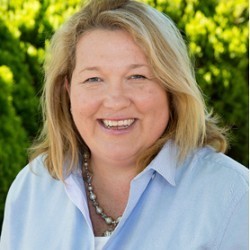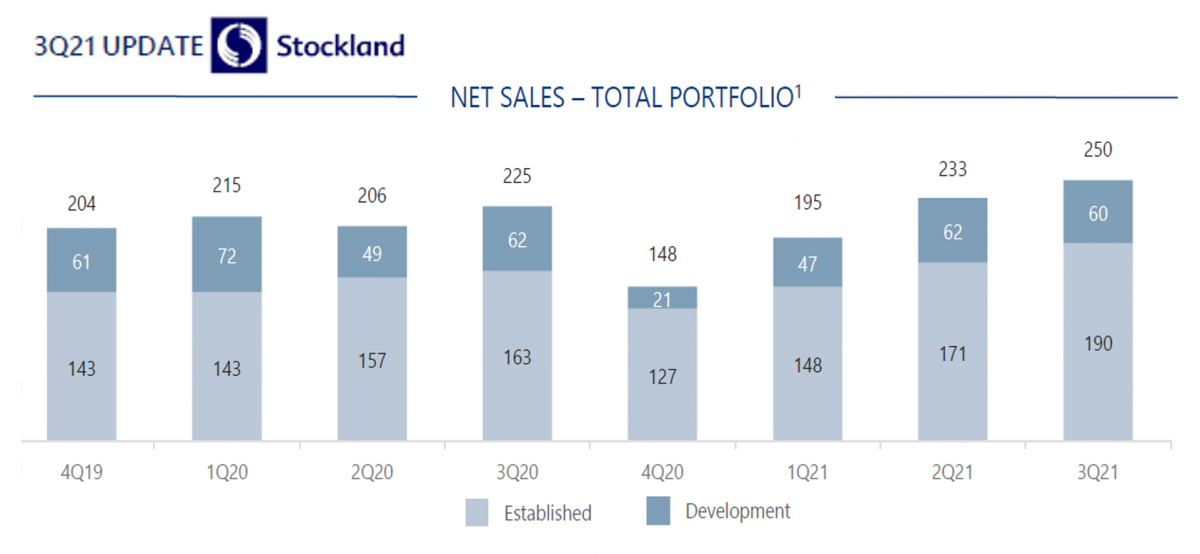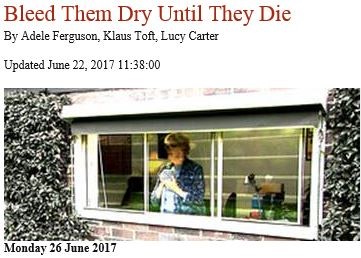It is that time of year, when many village professionals are nearing the end of the budget planning cycle and starting to present forecast budgets to residents.
This year, there has been anecdotal evidence that many providers have experienced a variety of unexpected increases to budgets. These have ranged from large increases in insurance premiums, unexpected changes to utilities costs, increased compliance costs and of course, the old chestnut of unexpected maintenance costs that can easily cause budgets to go over the line.
Nevertheless, this is not a result to be feared.
In my experience, there are a number of steps that can be taken to bring residents on the journey to understanding and accepting unexpected budget increases.
They may include:
- Ensuring the Village Manager is well educated on the budget and required responses
- Predicting the likely questions and having the explanations easily available
- Provide explanations to the obvious increases in plain English in the budget papers
- Ensure a consultative process is used to explain significant increases
- Liaise with the finance sub-committee as a sounding board and include them in meetings where appropriate
- Approach individuals you are expecting to have concerns to offer the opportunity for an individual meeting
- Hold an all-resident budget meeting to explain the increases and ensure residents have the opportunity to ask questions and have them answered
- Provide an opportunity to have smaller meetings for those with deep concerns
- Provide an opportunity for individuals to meet with the Village Manager personally to understand the budget
- If you hear ‘street talk’ rumours, do your best to address them immediately
Remember to act with integrity, in an informed manner and with good intent, and to be confident to express yourself if challenged.
















